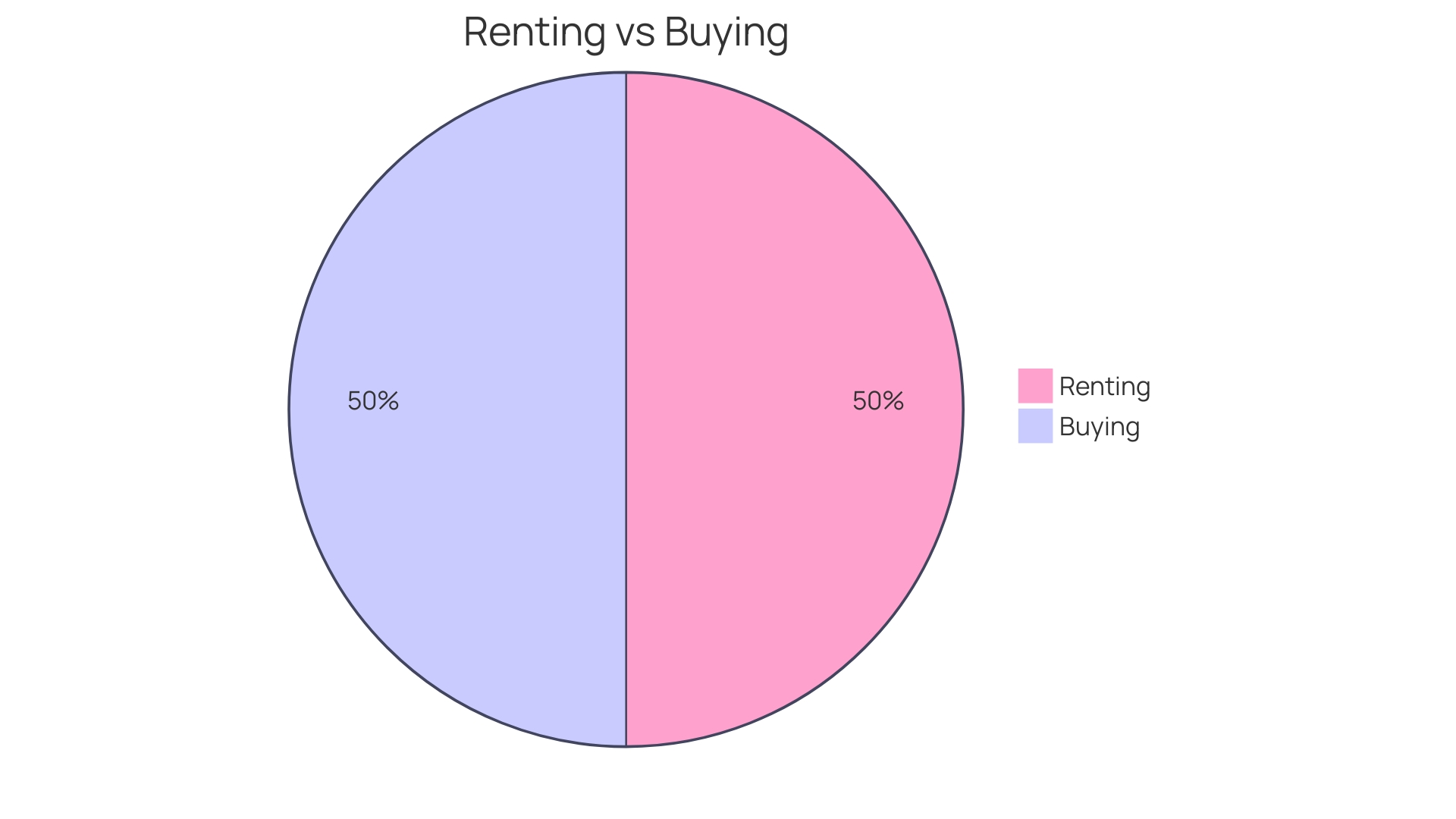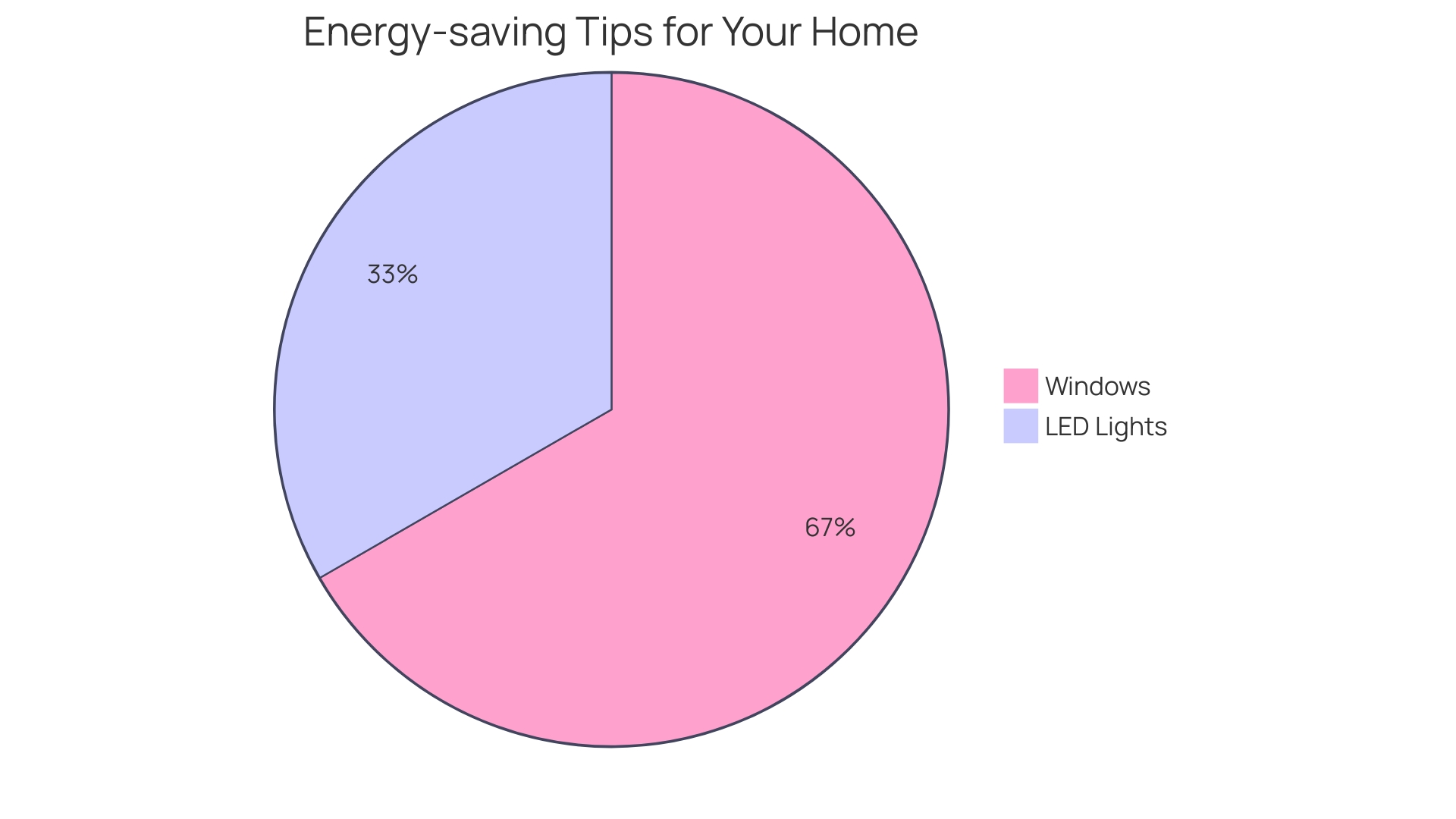Introduction
Renting a wood splitter can offer numerous benefits, from increased efficiency to cost savings. By opting to rent instead of buying, you can avoid the initial financial burden and leave the responsibility of maintenance and repairs to the rental company. This ensures that the equipment is in top condition when it arrives on your site, alleviating potential financial burdens and allowing you to focus on the job at hand.
With a variety of wood splitters available for rent, you can find the perfect fit for your specific project without the long-term commitment of a purchase. Additionally, the convenience of not having to worry about storage or transportation further enhances the appeal of renting. In this article, we will explore the benefits of renting a wood splitter, the types of log splitters available for rental, key considerations when renting, and safety tips for using a rented wood splitter.
Whether you're a construction project manager looking to streamline operations or a DIY enthusiast working on a home project, this article will provide valuable insights to help you make informed decisions and ensure a smooth and efficient wood splitting process.
Benefits of Renting a Wood Splitter
Opting to rent a wood splitter can significantly enhance your efficiency on the job while being a judicious financial choice. Renting sidesteps the considerable initial outlay that comes with buying one, transferring the responsibility for maintenance and repairs to the rental company. This not only alleviates potential financial burdens from unforeseen costs but also ensures the equipment is in top condition when it arrives on your site.
The variety of wood splitters available for rent—ranging from electric to gas-powered models—means you'll find the perfect fit for your particular job without the long-term commitment of a purchase. This flexibility is vital for adapting to the specific requirements of each project, ensuring that you can handle any type of wood with ease.
Moreover, the convenience of not having to worry about the storage or transportation of the equipment is an invaluable advantage. Once the job is done, simply return the splitter to the rental company. This is especially beneficial for project managers who are operating within tight deadlines and budgets, as it allows for greater focus on the project at hand without the distraction of equipment logistics.
In summary, renting a wood splitter is a shrewd choice, offering practicality, cost savings, and adaptability, which are key considerations for any construction project manager looking to streamline operations and maintain project timelines and budgets.

Types of Log Splitters Available for Rental
Selecting the ideal log splitter rental for your project is crucial, and knowing the options available can significantly impact your work's effectiveness and efficiency. Hydraulic log splitters are the go-to for many due to their robustness, allowing them to tackle larger and more resilient wood with ease, thanks to their hydraulic pressure system. For those who need to split wood more quickly, kinetic log splitters offer a speed advantage. Their flywheel system rapidly generates kinetic energy, making them perfect for smaller logs that don't require the brute force of hydraulics. For projects that are less intensive and where budget is a key consideration, manual log splitters are the most economical choice. They do require manual effort but are perfectly suited for less demanding tasks. By weighing the pros and cons of these types, you can match the log splitter to the specific demands of your project, ensuring a balance of power, speed, and cost-efficiency.

Key Considerations for Renting a Wood Splitter
When preparing to rent a wood splitter, it's essential to evaluate the project's specific needs to select the right equipment. Start by analyzing the size and volume of the wood you need to split, as this will help you choose a splitter with the appropriate tonnage rating capable of handling the task efficiently. Power source is another critical factor; electric models are generally quieter, making them ideal for use in residential zones, while gas-powered splitters offer increased mobility and strength for more demanding jobs.
Safety is paramount, so ensure the splitter has features like two-handed operation controls and an automatic ram return to prevent accidents. Furthermore, it's wise to check the rental company's maintenance and support policies to guarantee quick resolutions should any issues arise. By carefully considering these factors, you optimize the wood splitter's utility and ensure a smooth operation throughout your project. The cost of renting such equipment varies, but you can expect a range of $30 to $50 per day, depending on the model and rental period. Remember, renting the right equipment not only saves time but also contributes to the successful completion of your construction projects, staying within budget and meeting deadlines.
Safety Tips for Using a Rented Wood Splitter
Maintaining a safe environment is imperative when operating a wood splitter. To avert potential hazards, comprehensive safety measures must be adopted. Firstly, thoroughly review the user manual provided by the rental company to familiarize yourself with the equipment. Donning the right safety attire is crucial; this includes gloves, safety glasses, and durable footwear. Ensure that the surroundings are secure by keeping onlookers at a safe distance. It's vital to check the log splitter for any signs of damage or faults before you begin. Establishing a stable and level base for operation is key to preventing the machine from tipping over. Operation should always involve both hands, keeping them clear of the splitting area to prevent injury. It is also essential not to overwhelm the machine by attempting to split logs larger than its designated capacity. Throughout the use of the wood splitter, routine checks and adherence to the recommended maintenance protocols are necessary to ensure its safe functioning. By adhering to these precautionary steps, you reduce the likelihood of accidents, cultivating a secure and efficient wood splitting process.
Conclusion
Renting a wood splitter offers practicality, cost savings, and adaptability. By renting instead of buying, you avoid the initial financial burden and leave maintenance to the rental company. This ensures top-condition equipment and allows you to focus on the job at hand.
With a variety of wood splitters available for rent, you can find the perfect fit for your project without a long-term commitment. This flexibility handles any type of wood efficiently. The convenience of not worrying about storage or transportation enhances the appeal of renting.
Consider project-specific needs when selecting a log splitter rental. Hydraulic splitters handle larger wood, kinetic splitters offer speed, and manual splitters are economical. Weigh the pros and cons for power, speed, and cost-efficiency.
Key considerations include analyzing wood size, choosing appropriate tonnage, and considering the power source. Safety is crucial, so ensure necessary features and check maintenance policies.
Operating a rented wood splitter safely is essential. Familiarize with the manual, wear proper attire, and keep onlookers at a distance. Check for damage, establish a stable base, and use both hands.
Avoid overwhelming the machine and perform routine checks.
In conclusion, renting a wood splitter offers practicality, cost savings, and adaptability. Consider project needs and follow safety precautions for a smooth and efficient wood splitting process. Renting the right equipment contributes to successful construction projects within budget and deadlines.
Experience the convenience of renting a wood splitter today!




